Retaining walls are crucial barriers to prevent earthen materials, water, and other substances from sliding or eroding into utilized areas.
Examples include highway retaining walls, dams, sea walls, and basement walls.
These structures are particularly important in sloped areas where they help prevent soil and other materials from slipping and losing form.
An essential component of these structures is the weep holes in retaining walls.
Weep holes play a critical role in maintaining the integrity and longevity of retaining walls by allowing water to drain through, thereby reducing hydrostatic pressure and preventing damage.
To learn more about how weep holes contribute to the effectiveness of retaining walls, continue reading.
So let’s begin with the same.
What is the Role of Deadman in Retaining Wall?
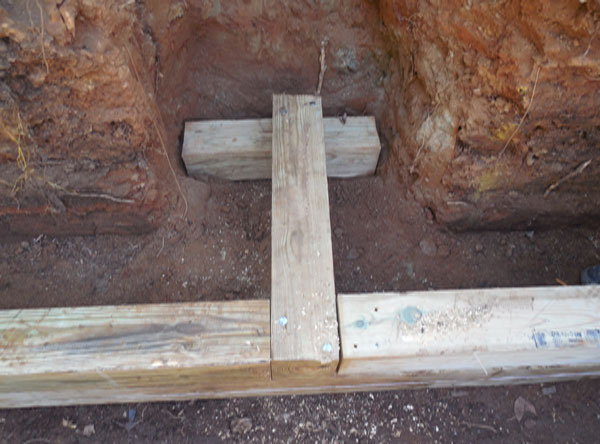
Deadman is actually a kind of anchoring system that provides maximum strength to the retaining wall, allowing it to withstand the pressure of earthen materials.
Deadman anchoring could be permanent or temporary, depending on how much earthen or other material pressure will be applied to the retaining wall.
Most often, deadman anchors are made of concrete in block shapes, and they are generally placed firmly in the soil through a retaining wall.
In some cases, they can be placed on the ground surfaces.
Deadman is an important component of retaining wall structuring, elevating the wall’s overall resistance capacity.
So, let’s move further and see why weep holes are an important aspect of retaining walls.
Why are Weep Holes Necessary in Retaining Walls?
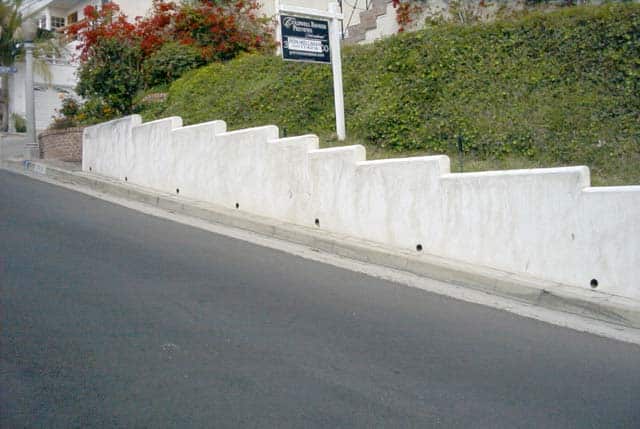
To put it simply, if a retaining wall lacks weeping holes, it has a chance to collapse due to active or passive pressure.
To be precise, weeping holes release the existing pressure caused by water’s presence in the soil.
Basically, they drain water from the soil through these holes and reduce the hydrostatic load on the wall.
Weep holes also provide balanced moisture to the retaining wall and proper ventilation, which avoids any wall cavity.
There are different types of weep hole structures used in the construction process, such as open head joints, weep holes, cotton rope wicking weep holes, tubes weep holes, and corrugated channels.
However, weep holes are an essential component, especially for retaining walls, to extend the life span of this preventive structure.
What is a Retaining Wall?

As its name implies, a retaining wall is constructed especially to prevent any kind of material, such as soil, water, etc., from sliding off or washing out on the landscape.
For instance, we often see retaining walls or barriers on highways to prevent soil from sliding off the streets.
However, retaining walls are used in commercial structures like highways, dams, excavation sites, sea, etc., and private properties.
Meanwhile, there are different types of retaining wall structures are available. So, let’s move further and see those retaining wall types in the following pointer.
What are the Types of Retaining Walls?
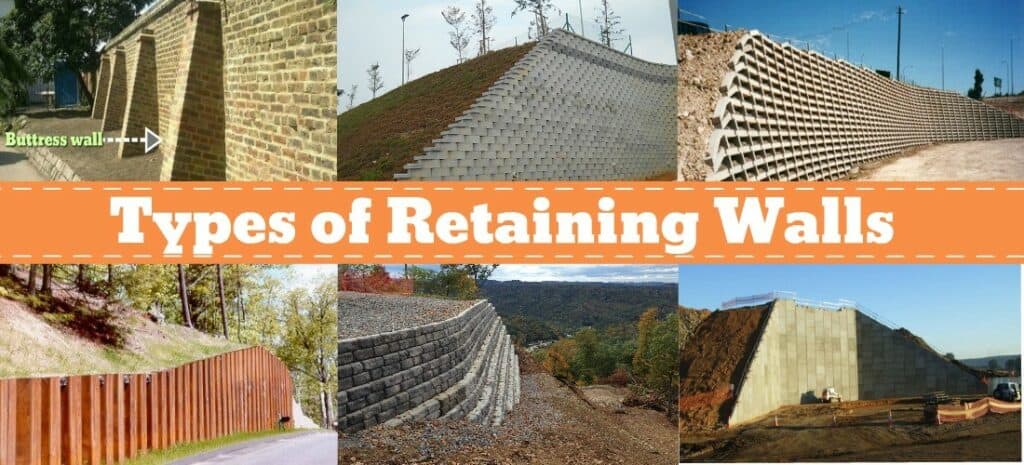
Various types of retaining wall structures are used as sliding-resistant materials. We will discuss those types briefly.
- Revetment Wall – This structure is like a covering to prevent the material from sliding off.
- Dam – As we all know, a dam is structured to hold water.
- Cantilever Retaining Wall – This structure is made of concrete with different designs. It is constructed with a stem (vertical wall) and a base slab (horizontal slab) to provide strength to the wall. Cantilever retaining walls are a widely used structural format.
- Gravity Retaining Wall – The heavy-weight structure of gravity retaining walls resists the earth’s lateral pressure.
- Buttress Retaining Wall – This type is the same as the cantilever retaining wall. However, it has an additional counterfort (vertical inclined beam) at the facewall to strengthen the retaining wall.
- Counterfort Retaining Wall – This structure is almost the same as the buttress retaining wall, with a counterfort constructed at the back side of the retaining wall.
Apart from these types of retaining walls, some other retaining walls are constructed in different shapes, such as rectangular, triangular, trapezoidal, etc.
In addition, these retaining walls are differentiated by the materials used, such as earthen materials, masonry, rockfill, concrete, or even wooden materials.
After understanding the types of various retaining walls, let’s continue the topic by learning about the deadman’s role in them.
Conclusion
Retaining walls are built to prevent earthen erosion or hold material such as soil or water.
However, these retaining walls are not just regular walls. They include some different types of components.
In this article, we have tried to explain some of the major components of retaining walls.
For instance, we have described the meaning and type of retaining wall. We have also explained the role of important elements like deadman anchors and weep holes in retaining walls.
All the information mentioned in this article summarizes the overall retaining wall concept, which is explained in subtle language and will indeed add knowledge.

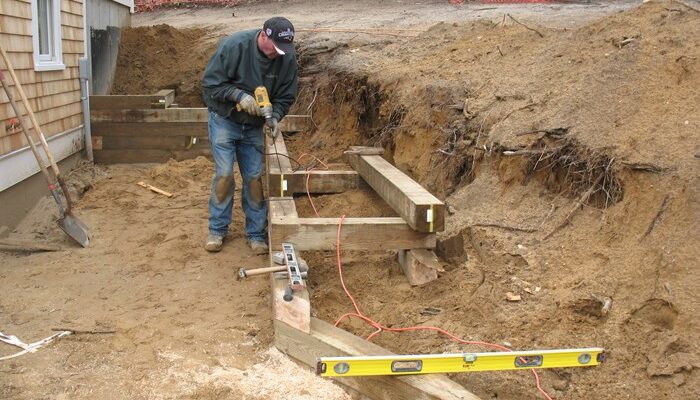
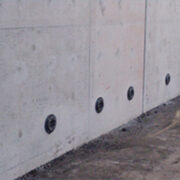
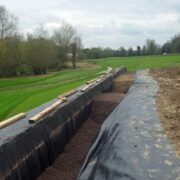

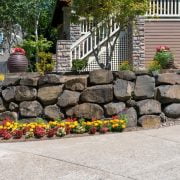
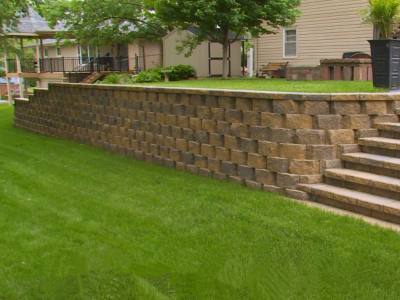
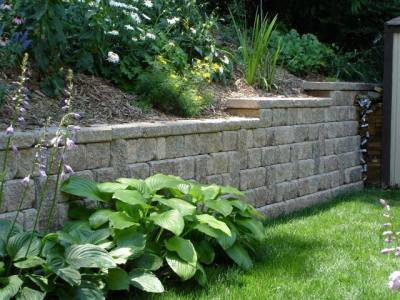
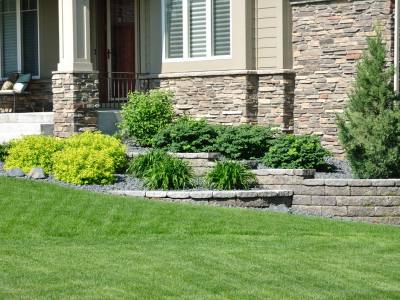
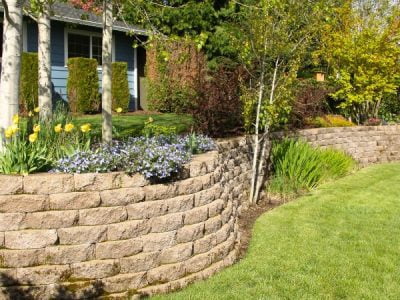

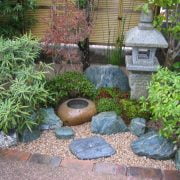


Comments